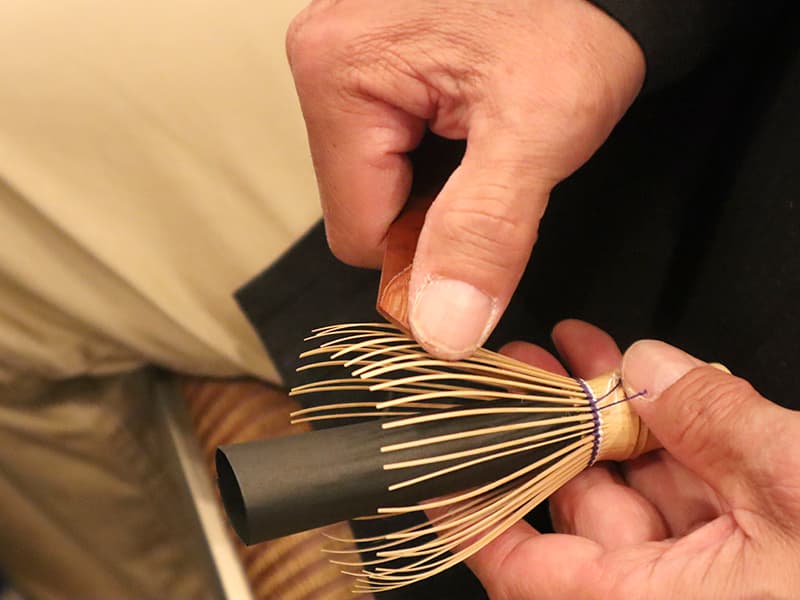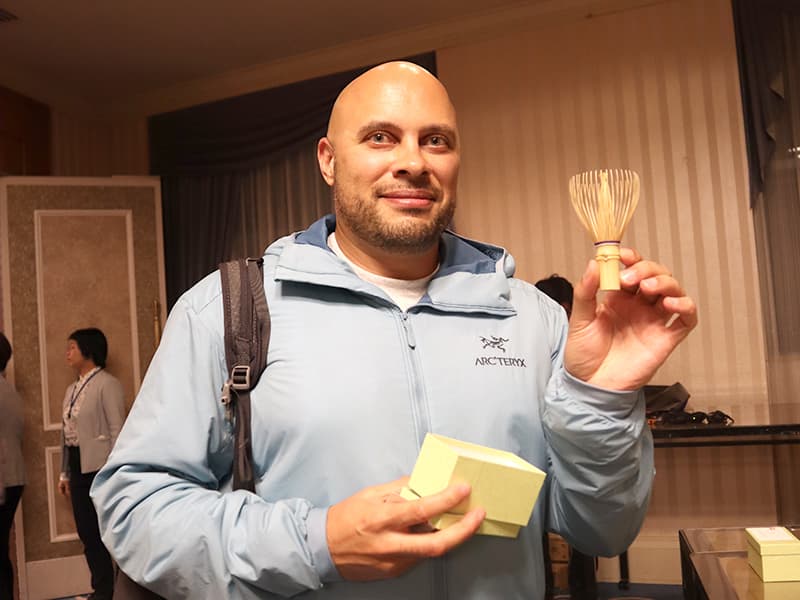Enjoy making tea whisks and marriage dinner with Narazake in Nara, where matcha and the tea ceremony have roots.
This time, we have incorporated the experience of making a chasen, which is related to matcha and the tea ceremony, which has its roots in Nara, and incorporated a collaboration between Nara’s food culture and innovative Nara sake into the dishes.
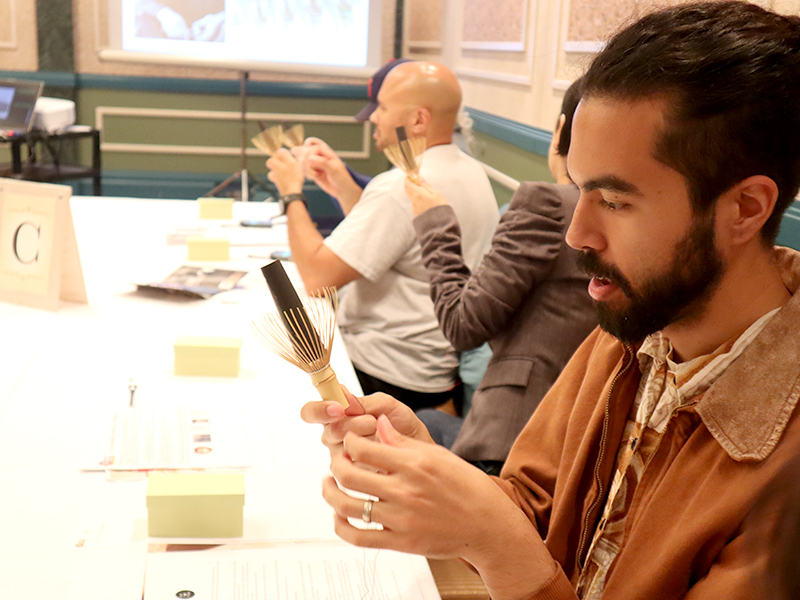
Part 1. Experience threading a tea whisk under the guidance of Mr. Tango Tanimura, a chasen master
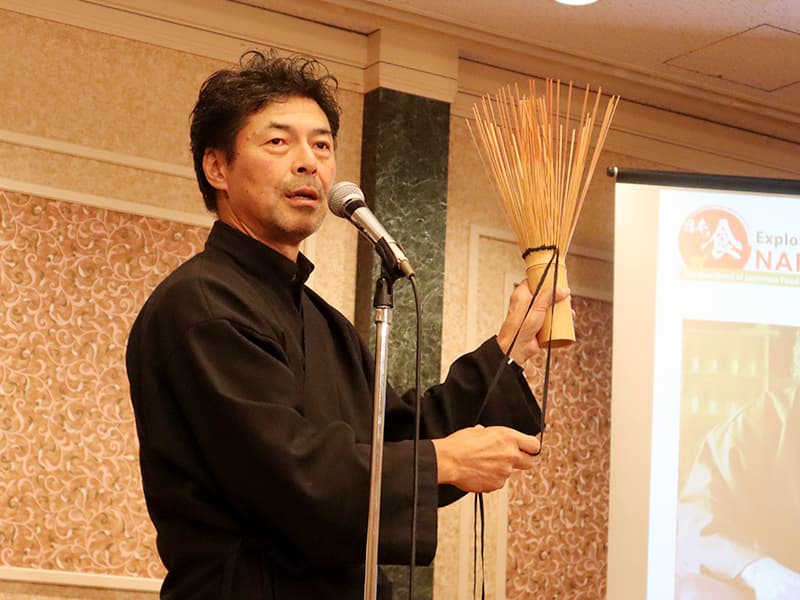
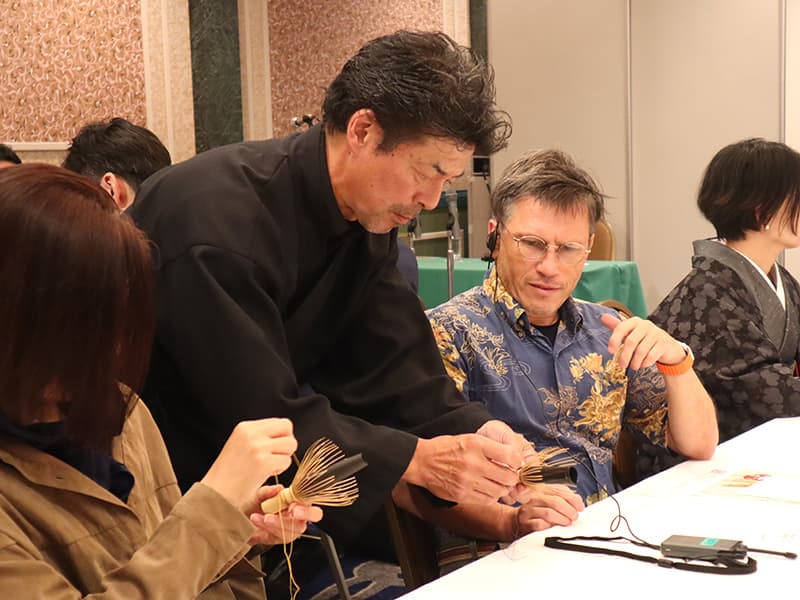
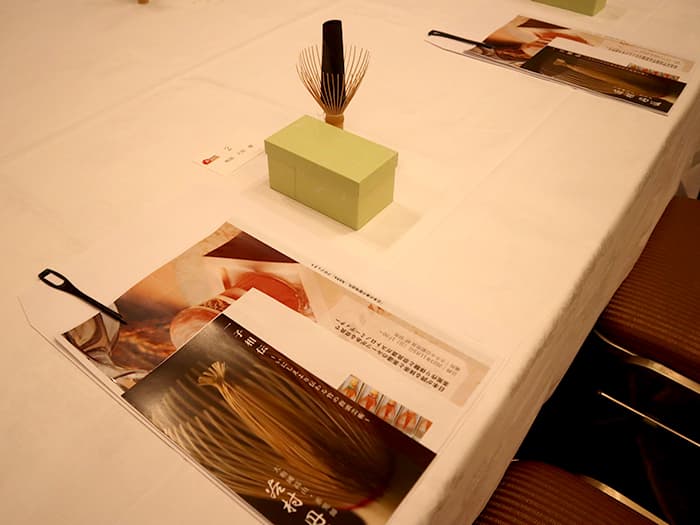

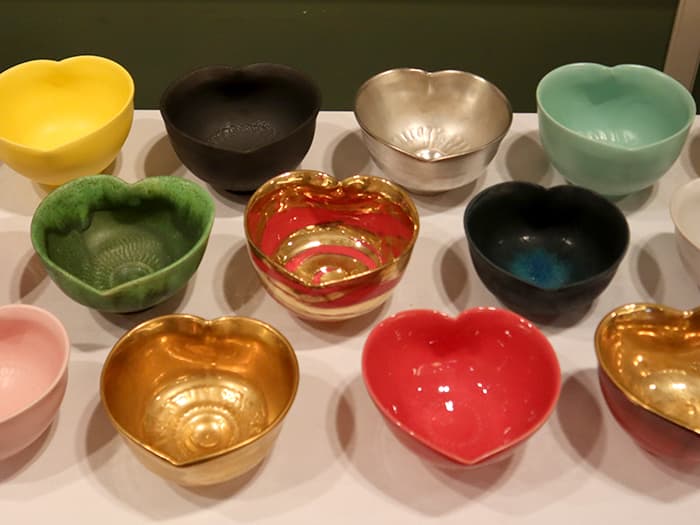
Part 2. Narazake marriage dinner
Prior to the toast, Mr. Tomofumi Ikeda, General Manager of the Tokyo Public Relations Office, Public Relations Department, Central Japan Railway Company, and Ms. Michiko Ryō, a writer, took the stage to give greetings.
Mr. Ikeda said, “We are discovering and disseminating the charm of ‘New Nara,’ as is known for the ‘IZAIZA-NARA’ campaign starring actor Ryohei Suzuki.
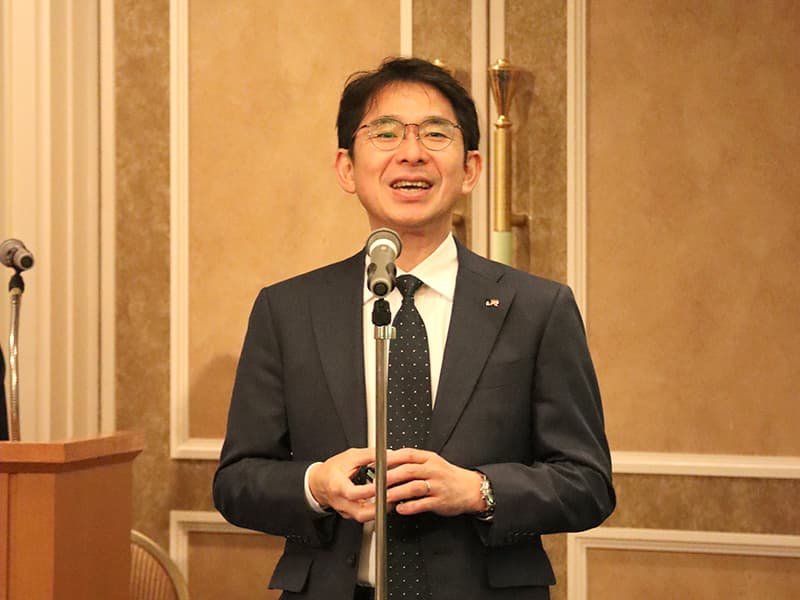

Brewery talk−President Chobei Yamamoto, the 13th generation owner of Yucho Sake Brewery Co., Ltd.−
Nara is the birthplace of Japanese sake "Actually..."
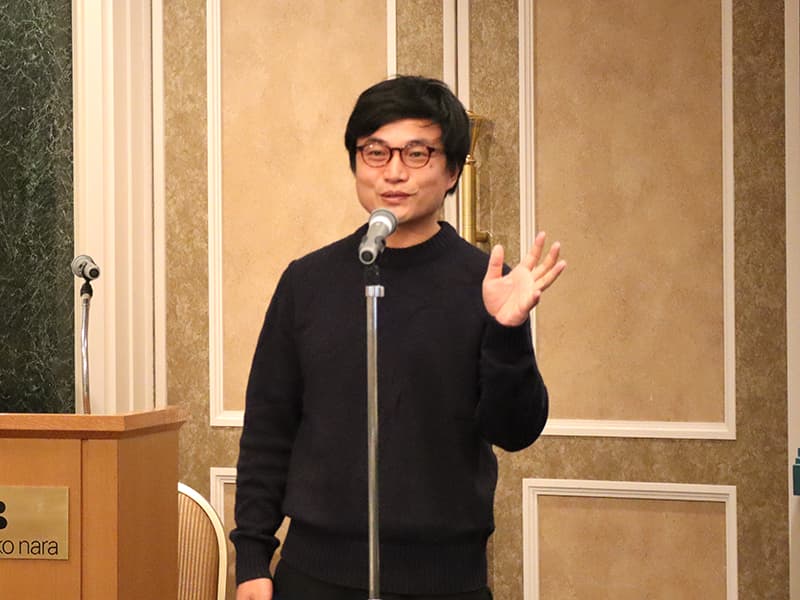
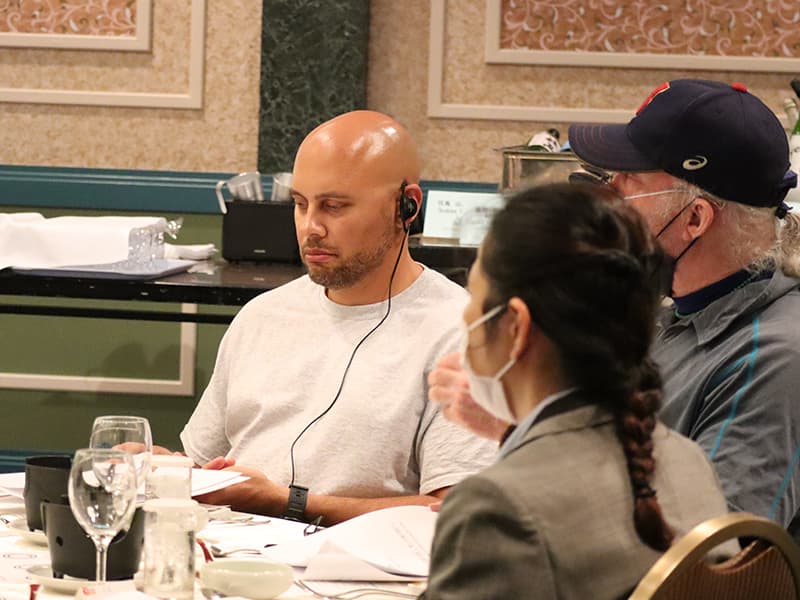
Dishes using ingredients and seasonings from Nara, the roots of Japanese cuisine

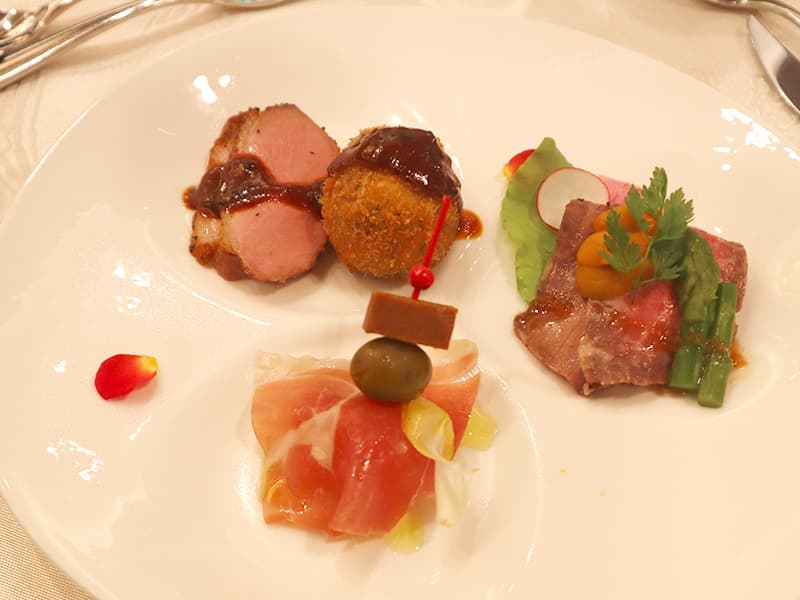
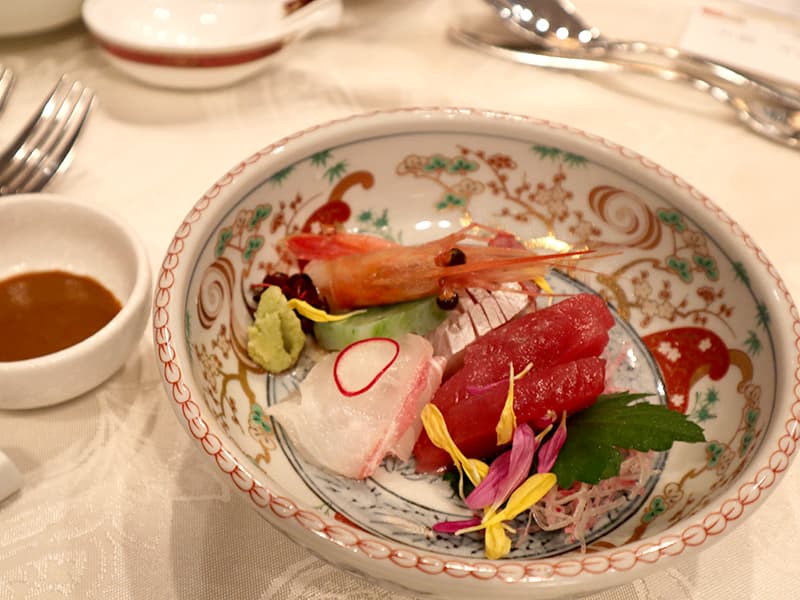
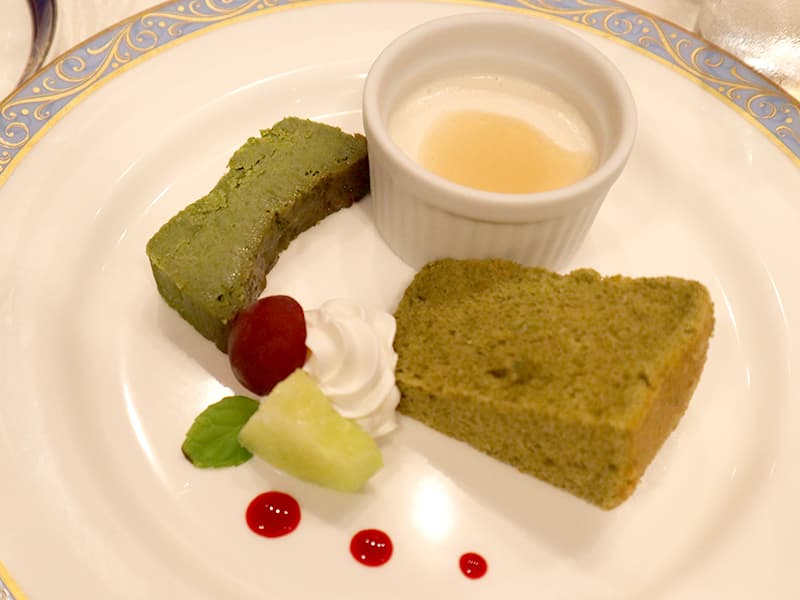
The alcohol corner offers 10 types of rare sake, both cold and hot.
There was also service around the table.
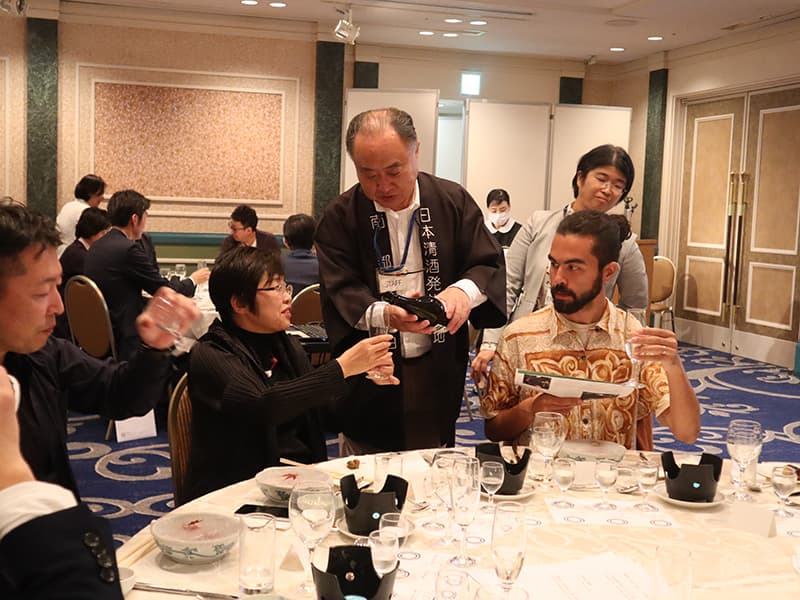

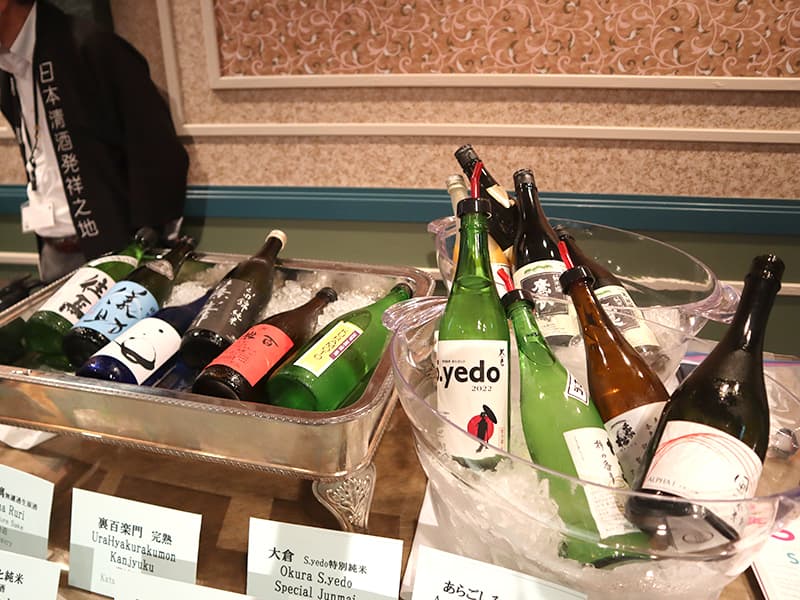
“Making the chasen leaves a deep impression on me. My memories of this delicious food and alcohol are even clearer because of that experience,” said a German man with an interpreter.


The show ended with a promise to convey Nara's old and new charms.
The event concluded with a greeting from Noriko Kawai, chairperson of the project executive committee.
Ms. Kawai said that her encounter with and learning about alcohol came from “Abecedes Matrix – Map of the Future of Alcohol (Sake Bun Library)”.
And “Peace comes from Nara, where God and Buddhism have coexisted. Also, Nara is where the roots of Japanese traditional culture, such as sake and tea ceremonies, are still alive today. Let’s spread the charm of Nara, the place of beginnings, both domestically and internationally.” That was her last word.
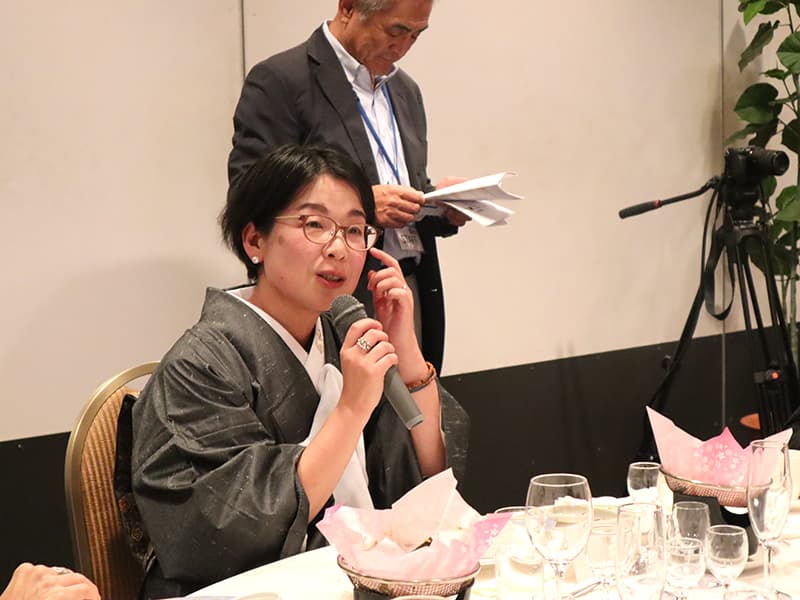
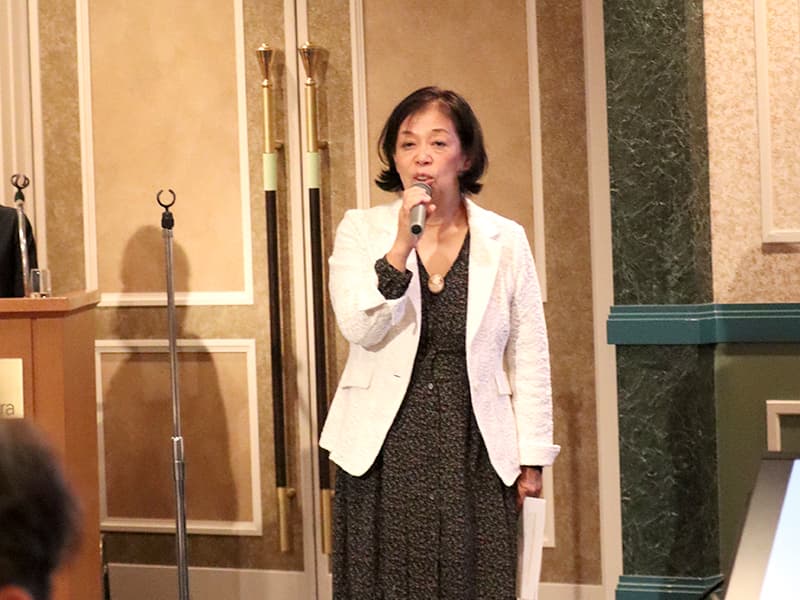
Sale of commemorative edition chasen and tea utensils
Chasen with kaou and designed Inome chawan by Mr. Tanimura
To commemorate this tour, Tango Tanimura’s “kaou (Signed)” chasen, ceramic artist Yutaka Ono’s INOME (heart-shaped) tea bowl, and a set of chasen boxes by Urasenke master Munehiro Goto will be on display and for sale. Many people were dazzled by the harshness.
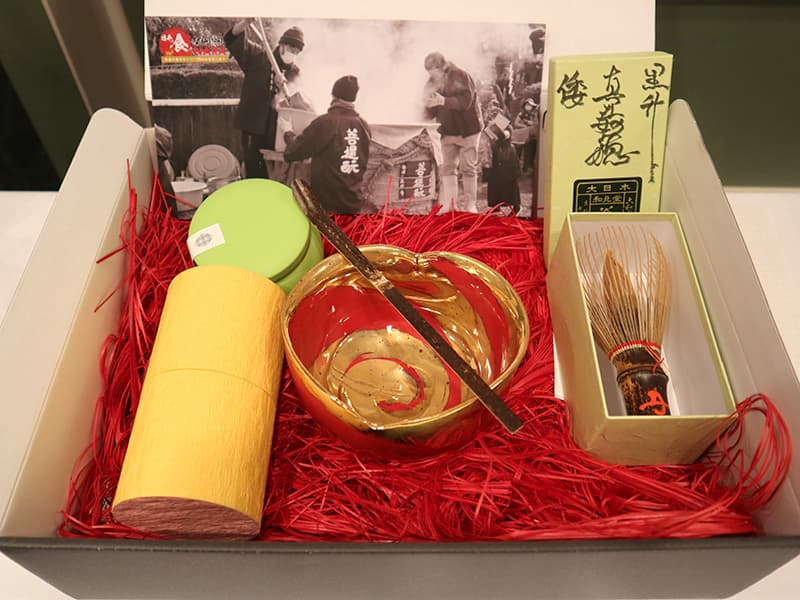
The finished product of the chasen impressed me for the third time!
Enjoy it in your daily life, such as making a matcha latte.
